Research Article
A Cluster-based and Tree-based Power Efficient Data Collection and Aggregation Protocol for Wireless Sensor Networks
Department of Control Science and Engineering, Huazhong University of Science and Technology, Wuhan Hubei, 430074, China
Bingwen Wang
Department of Control Science and Engineering, Huazhong University of Science and Technology, Wuhan Hubei, 430074, China
Zhuo Liu
Department of Control Science and Engineering, Huazhong University of Science and Technology, Wuhan Hubei, 430074, China
Lejiang Guo
Department of Control Science and Engineering, Huazhong University of Science and Technology, Wuhan Hubei, 430074, China
Wei Xiong
Department of Control Science and Engineering, Huazhong University of Science and Technology, Wuhan Hubei, 430074, China










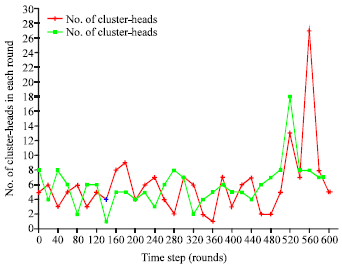
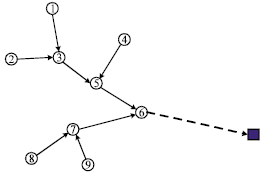
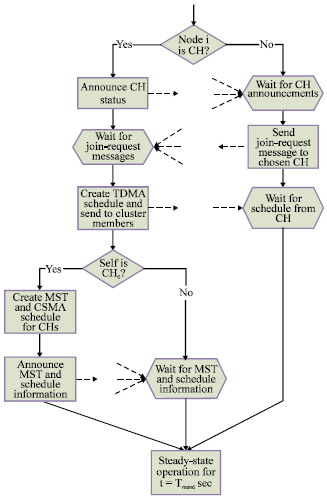
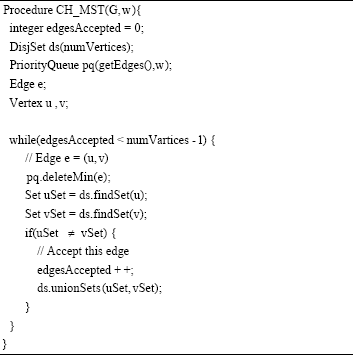
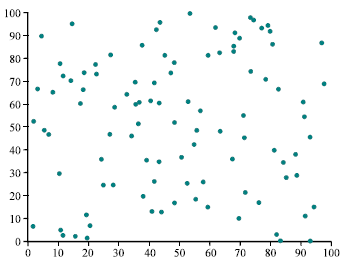
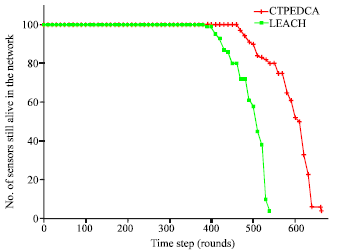
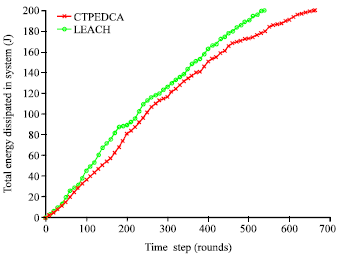
geetha Reply
i need leach protocol codings for energy consumption of nodes in the wireless sensor network for my project using ns2.could you please send it to me through e.mail
shivani awasthi Reply
i need the cluster code based on the leach protocol based in tcl based on ns2
Josna Jose Reply
sir,i need code for doing clustering of sensor nodes in ns2(i am using ns 2.28) by simple tcl program..can u please mail me the code
nivetha Reply
sir,i need code for data aggregation of sensor nodes in ns2(i am using ns 2.34) by simple tcl program..can u please mail me the code
arunprasad Reply
sir,i need code for data aggregation using synopsis diffusion of sensor nodes(i am using ns 2.34)by tcl program.can u please mail me.
sushilk Reply
sir,i need code for data aggregation of sensor nodes in ns2(i am using ns 2.34) by simple tcl program..can u please mail me the code
manisha v Reply
sir i need coding of energy efficient clustering in wsn in ns2 using tcl script
yojana singh Reply
hello sir,
I need ns2 source code for clustering of sensor node in wsn.
thanks
yojana singh
ibrahim Abd El-Moghith Reply
sir i need coding of energy efficient clustering in wsn in ns2 using tcl script
Anu Reply
Sir, I need code for cluster based and tree based energy efficient for data aggregation in WSN in ns2 using Tcl script....... Can you pls mail me the code
haftom Reply
trace files in graph
is awk is a package in cygwin or a software it self
cluster head selection sample source code